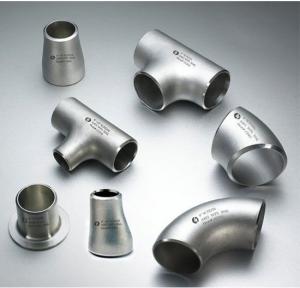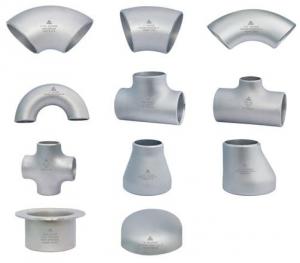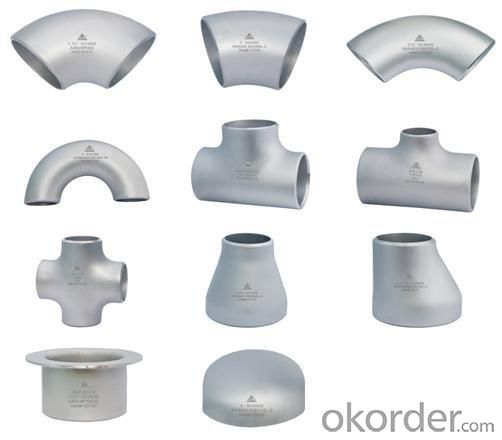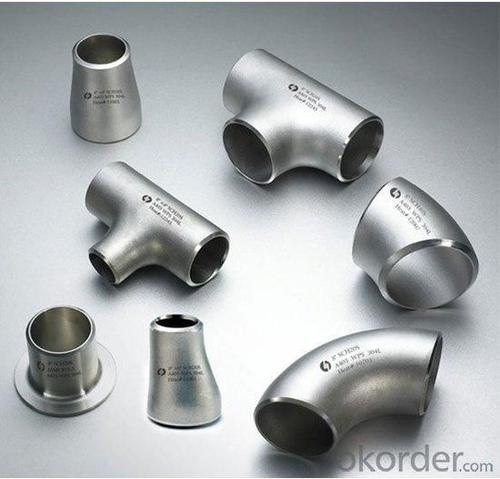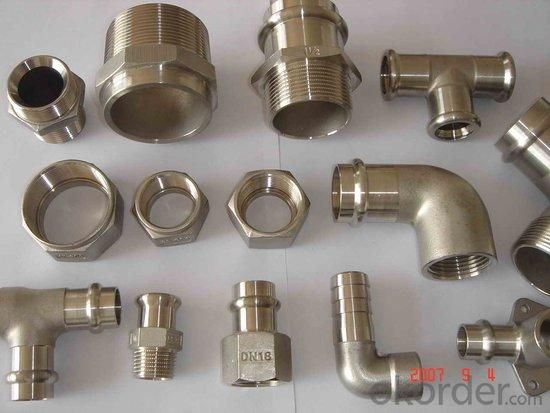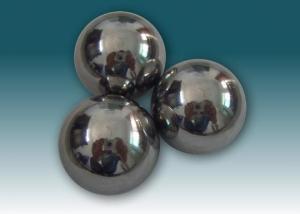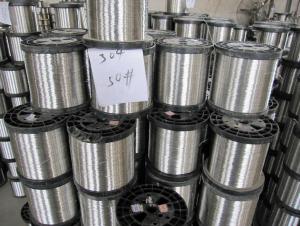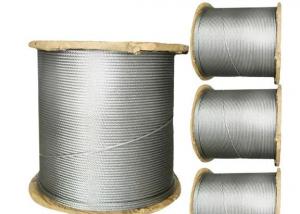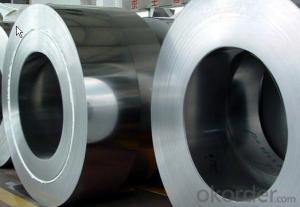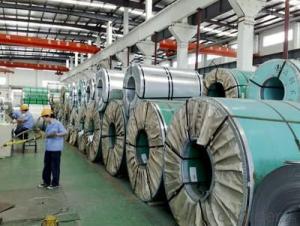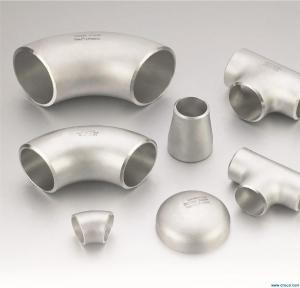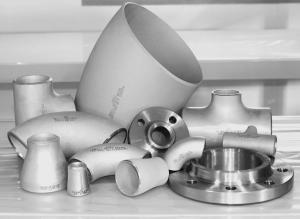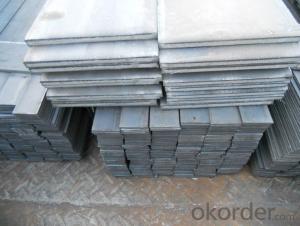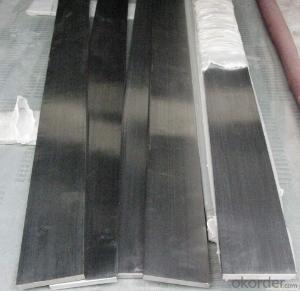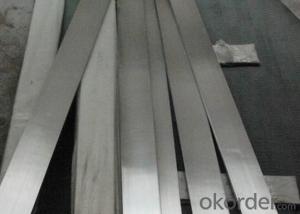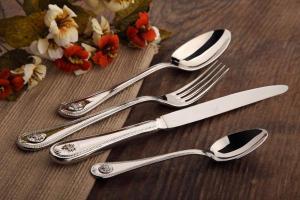Stainless Steel Stub Ends
- Loading Port:
- China Main Port
- Payment Terms:
- TT or LC
- Min Order Qty:
- 5 Pieces pc
- Supply Capability:
- 10000 Pieces Per Month pc/month
OKorder Service Pledge
OKorder Financial Service
You Might Also Like
Stainless Steel Fittings
Specifications Features:
1) Carbon steel fitting and stainless steel fitting
2) Standard: ASME, ANSI, API, JIS
1. BUTT WELDED FITTING:
2. Production acc. to the standard of GB /ASTM / ASME / DIN / JIS
ASTM B 16.9 /16.11 B 16.28 JIS B 2311/2220 DIN2617/2616/2615/2391
3. Types: Elbows, seamless and welded, LR & SR ,Bend -Equal and reducing Tees,
seamless and welded - Concentric and eccentric Reducers,seamless and welded -Caps
4. Wall thickness: From Sch5 up to Sch160/STD/XS/XXS
5. Material Grades: A403,WP304, WP304L, Wp316, WP316L, A234WPB
6. Dimensions: Seamless: from 1/2' up to 24'
7. size: From 1/2" up to 72"
Outer packing:Seaworthy plywood case
|
Grade |
TP304,TP304L,TP321,TP316L,TP310S etc. |
|
connection |
welding |
|
techniques |
forged |
|
Surface finishing |
180/240/320/400 grit |
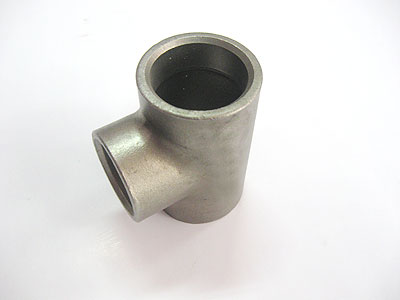
- Q: How do you polish stainless steel flats?
- To polish stainless steel flats, you can start by cleaning the surface thoroughly with warm water and a mild detergent. Then, use a stainless steel cleaner or polish specifically designed for this purpose. Apply the cleaner or polish onto a soft cloth and gently rub it onto the stainless steel flats in a circular motion. Ensure to cover the entire surface evenly. Finally, wipe off any excess polish and buff the stainless steel flats with a clean and dry cloth to achieve a shiny finish.
- Q: What's the chemical reaction between stainless steel and galvanized angle iron?
- If your product will come into contact with electrolyte or water, stainless steel will produce a galvanic cell with carbon steel, which will accelerate the corrosion rate of both sides (of course, the corrosion of galvanized steel will be much faster). At this point, corrosion is called electrochemical corrosion, and the reaction rate is faster.
- Q: What are the different types of stainless steel flats used in the marine industry?
- The marine industry utilizes various stainless steel flats for their ability to resist corrosion and withstand saltwater environments. These flats can be categorized into different types: 1. Austenitic Stainless Steel: This is the most commonly used stainless steel in the marine industry. It boasts exceptional corrosion resistance due to its high chromium and nickel content. Austenitic stainless steel flats are renowned for their strength, ductility, and capability to endure extreme temperatures. 2. Duplex Stainless Steel: Combining the attributes of austenitic and ferritic stainless steels, this type offers enhanced strength and corrosion resistance compared to austenitic stainless steel. Duplex stainless steel flats are highly resistant to chloride-induced stress corrosion cracking, making them ideal for marine applications. 3. Martensitic Stainless Steel: Known for their remarkable strength and hardness, martensitic stainless steel flats possess lower corrosion resistance than austenitic and duplex stainless steel. However, they are still commonly used in the marine industry for applications that demand high strength and wear resistance. 4. Precipitation-Hardening Stainless Steel: Also referred to as PH stainless steel, this type is a combination of martensitic and austenitic stainless steels. PH stainless steel flats offer outstanding strength and corrosion resistance, making them suitable for marine applications that require both properties. Each type of stainless steel flat possesses unique properties and advantages, and the choice depends on the specific requirements of the marine application. It is crucial to select the appropriate stainless steel flat to ensure optimal performance and longevity in the challenging marine environment.
- Q: Are stainless steel flats resistant to wear and tear?
- Yes, stainless steel flats are highly resistant to wear and tear due to their inherent properties of strength, durability, and corrosion resistance.
- Q: Can stainless steel flats be used in food packaging?
- Yes, stainless steel flats can be used in food packaging. Stainless steel is a highly durable and corrosion-resistant material, making it suitable for storing and packaging food products. Its ability to resist contamination and retain the quality and freshness of food makes it a popular choice in the food packaging industry.
- Q: What are the different types of corrosion that can affect stainless steel flats?
- Stainless steel flats are known for their corrosion resistance, but they can still be affected by certain types of corrosion. Here are some of the different types of corrosion that can affect stainless steel flats: 1. General corrosion: This is the most common type of corrosion and occurs when the entire surface of the stainless steel flat is uniformly attacked. It can be caused by exposure to aggressive environments, such as acids or alkaline solutions, and can result in the loss of material over time. 2. Pitting corrosion: Pitting corrosion is localized corrosion that leads to the formation of small pits or holes on the surface of the stainless steel flat. It is typically caused by the presence of chloride ions in the environment, such as in coastal areas or near swimming pools. Pitting corrosion can be particularly damaging as it can penetrate deep into the material. 3. Crevice corrosion: Crevice corrosion occurs in confined spaces or crevices where there is limited access to oxygen and a build-up of corrosive agents. It can occur between two stainless steel flats that are tightly fitted together or in areas with poor water drainage. Crevice corrosion can be challenging to detect and can lead to significant damage if left untreated. 4. Galvanic corrosion: Galvanic corrosion occurs when two dissimilar metals come into contact in the presence of an electrolyte, such as water or moisture. In the case of stainless steel flats, galvanic corrosion can happen if they are in contact with a different metal, such as carbon steel or aluminum. The less noble metal (in this case, stainless steel) can experience accelerated corrosion due to the electrochemical reactions between the metals. 5. Stress corrosion cracking: Stress corrosion cracking (SCC) is a type of corrosion that occurs under tensile stress in the presence of a corrosive environment. It can result in the formation of cracks in the stainless steel flat, even at stress levels below the yield strength. SCC can be caused by a combination of factors, including exposure to chlorides, high temperatures, and tensile stress. To minimize the risk of these types of corrosion, proper material selection, surface preparation, and regular maintenance are essential. Additionally, using corrosion-resistant alloys, applying protective coatings, and avoiding contact with incompatible metals can help mitigate the effects of corrosion on stainless steel flats.
- Q: What are the common width tolerances for stainless steel flats?
- The common width tolerances for stainless steel flats typically vary depending on the specific grade and thickness of the material. However, there are generally accepted industry standards and tolerances that manufacturers adhere to. For thinner stainless steel flats, such as those with a thickness of less than 1/8 inch (3.175 mm), the common width tolerances range from +/- 0.005 to 0.015 inches (0.127 to 0.381 mm). These thinner materials tend to have tighter tolerances due to their inherent flexibility. On the other hand, for thicker stainless steel flats, typically those with a thickness greater than 1/8 inch (3.175 mm), the common width tolerances are slightly wider. In this case, the tolerances range from +/- 0.015 to 0.030 inches (0.381 to 0.762 mm). The wider tolerances are required to account for the increased rigidity and potential variations in manufacturing processes. It is important to note that these tolerances may vary depending on the specific requirements of the application or customer. Some industries or projects may have more stringent tolerances, while others may allow for more leniency. Manufacturers typically provide detailed specifications and tolerances for their stainless steel flats to ensure compliance with industry standards and meet customer requirements.
- Q: Are stainless steel flats suitable for the construction of bridges?
- Yes, stainless steel flats are suitable for the construction of bridges. Stainless steel is known for its excellent corrosion resistance and high strength, making it an ideal material for bridge construction. It can withstand harsh environmental conditions, such as exposure to moisture, chemicals, and saltwater, without corroding or deteriorating. Additionally, stainless steel flats offer durability, versatility, and low maintenance requirements, making them a reliable choice for bridge infrastructure.
- Q: Can stainless steel flats be used in mining industry?
- Yes, stainless steel flats can certainly be used in the mining industry. Stainless steel is known for its exceptional strength, corrosion resistance, and durability, making it a suitable material for various applications in the mining sector. Stainless steel flats are often used in the construction of mining equipment and machinery, such as conveyors, crushers, screens, and chutes. They can withstand heavy loads, abrasive materials, and harsh operating conditions typically encountered in mining operations. Stainless steel's resistance to corrosion and oxidation also ensures that these flats can endure exposure to moisture, chemicals, and other corrosive substances commonly found in mining environments. Additionally, stainless steel flats can be easily fabricated, welded, and machined, allowing for customization and adaptation to specific mining requirements. Overall, stainless steel flats offer numerous advantages that make them a preferred choice for use in the mining industry.
- Q: What is the maximum length available for stainless steel flats?
- The maximum length of stainless steel flats can differ based on the specific manufacturer and supplier. Typically, stainless steel flats can be found in lengths between 10 and 20 feet. Certain manufacturers might provide longer lengths for specialized purposes or if requested. It is advisable to consult the manufacturer or supplier to ascertain the available lengths for stainless steel flats.
1. Manufacturer Overview
| Location | Zhejiang, China |
| Year Established | 2010 |
| Annual Output Value | above US$16 million |
| Main Markets | East Asia, Middle East. |
| Company Certifications |
2. Manufacturer Certificates
| a) Certification Name | |
| Range | |
| Reference | |
| Validity Period |
3. Manufacturer Capability
| a) Trade Capacity | |
| Nearest Port | Shanghai |
| Export Percentage | |
| No.of Employees in Trade Department | above 10 people |
| Language Spoken: | English, Chinese |
| b) Factory Information | |
| Factory Size: | about 30000 square meter |
| No. of Production Lines | above 7 |
| Contract Manufacturing | OEM Service Offered |
| Product Price Range | Average |
Send your message to us
Stainless Steel Stub Ends
- Loading Port:
- China Main Port
- Payment Terms:
- TT or LC
- Min Order Qty:
- 5 Pieces pc
- Supply Capability:
- 10000 Pieces Per Month pc/month
OKorder Service Pledge
OKorder Financial Service
Similar products
Hot products
Hot Searches
Related keywords
